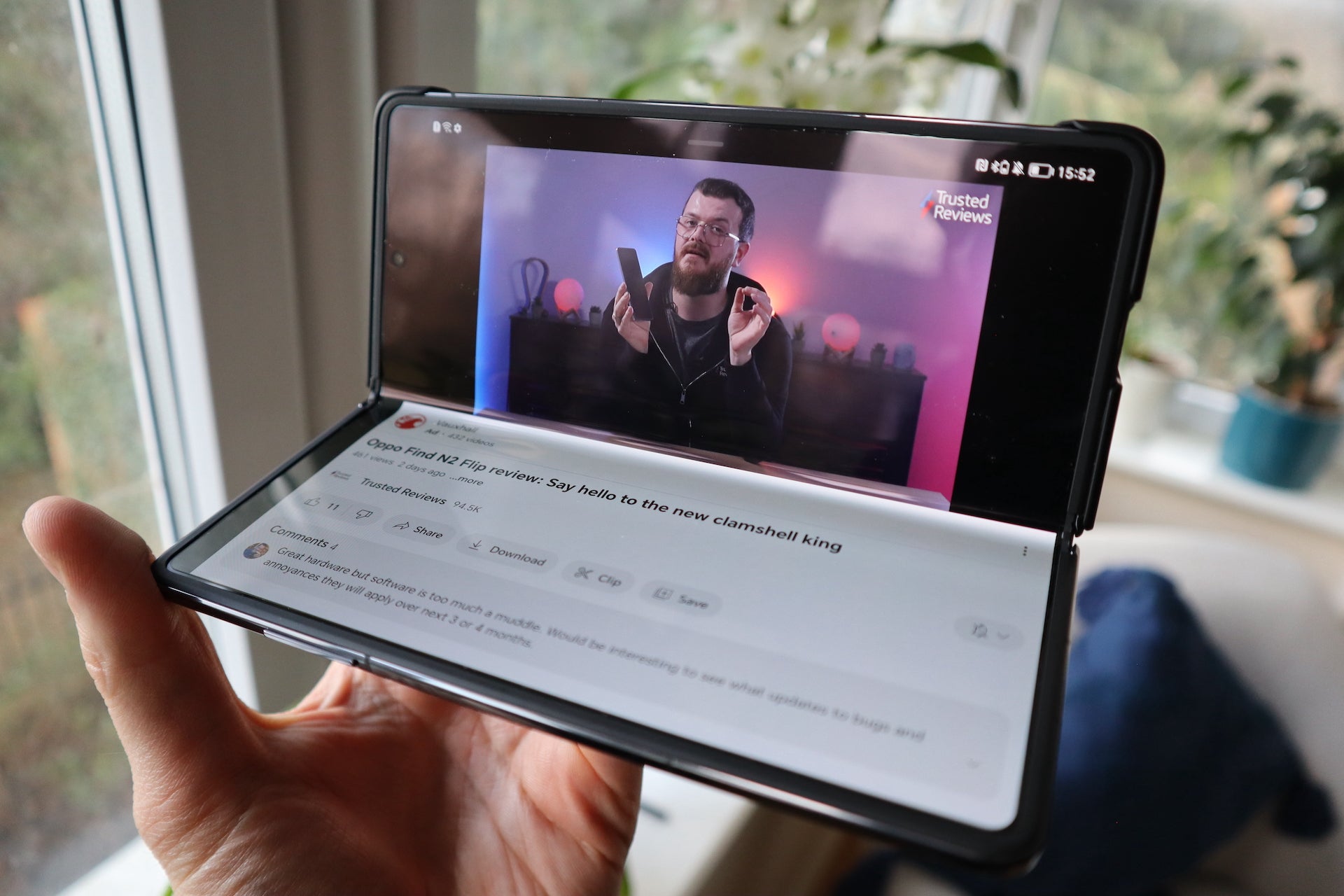Ctrl+Alt+Delete: Lenovo’s rollable laptop makes more sense than a foldable
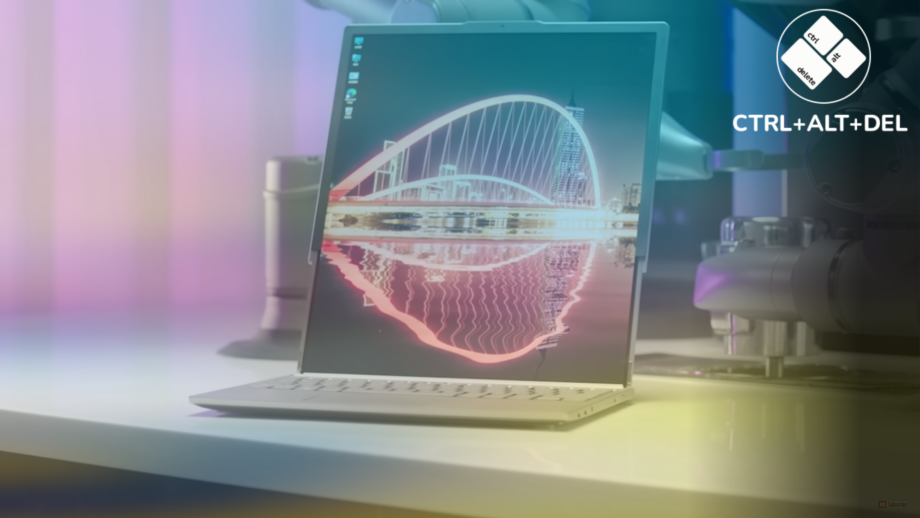
OPINION: It’s been a big week for the technology industry, with MWC 2023 seeing a number of exciting smartphone reveals, from the Realme GT 3 that can be completely recharged in less than 10 minutes to the foldable Honor Magic Vs.
But just like we saw back in 2022, a few laptop announcements snuck into the MWC spotlight this week, with Lenovo making the biggest splash.
Lenovo’s new IdeaPad Duet 3i looks to be a worthy rival to Microsoft’s Surface Pro, while the ThinkPad Z13 Gen 2 uses an innovative eco-friendly Flax material to help improve the company’s sustainability efforts. But my personal favourite laptop announcement of MWC 2023 was Lenovo’s rollable laptop concept.
This remarkable device looks like your average laptop at first glance, but flick a switch on the side and you’ll start to see the screen expand upwards.
Seeing the screen grow in size looks like a magic trick at first, and yet there’s nothing fictional about this device. While it looks like the extra screen space is appearing out of thin air, in reality, the screen is actually being pulled from a hidden compartment under the keyboard.
Those with a keen eye may spot a crease mark on the screen when fully extended, highlighting that Lenovo is using bendy screen technology to allow the screen to curve into the main chassis without the screen shattering.
Aside from being a party pleaser that will have Starbucks onlookers spitting out their coffee in shock, Lenovo’s rollable display actually has a helpful use case. At default, Lenovo’s laptop has a conventional 12.7-inch display, but activating the rolling mechanic will see it transform into a 15.3-inch panel.
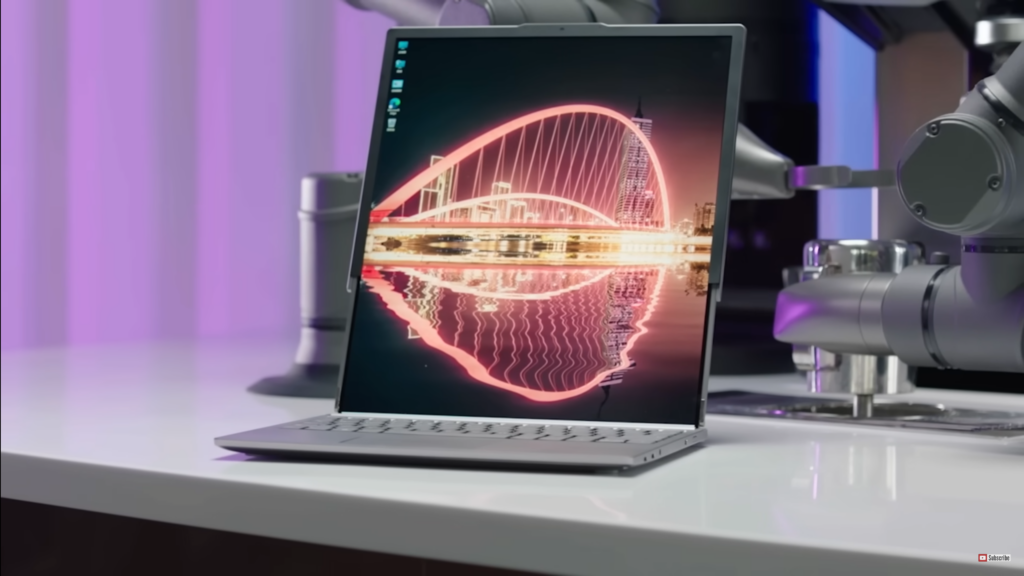
With an 8:9 aspect ratio, Lenovo’s 15-incher essentially looks like two 16:9 displays that have been melded together. That means you could have two apps or web browser windows stacked on top of each other, proving an excellent opportunity for multitasking.
As someone who loves working with a multi-monitor setup, this laptop design really appeals to me. It’s difficult to establish such a work setup at both my home and in the office and I don’t really fancy lugging a second monitor with me whenever I travel. Lenovo’s rollable concept provides the best of both worlds, featuring an ultra-portable design with enough screen space for multitasking.
But this rollable concept isn’t the first time Lenovo has created a unique laptop design that aims to resolve our multitasking woes. Back in 2020, Lenovo unveiled the X1 Fold, a foldable PC that can be bent into the form of either a laptop or tablet.
And just a couple of months ago during CES 2023, Lenovo showcased a dual-screen laptop called the Lenovo Yoga Book 9i. This provided similar benefits to its foldable device but used a hinge instead of a bendy screen to reduce the cost and avoid logistical headaches.
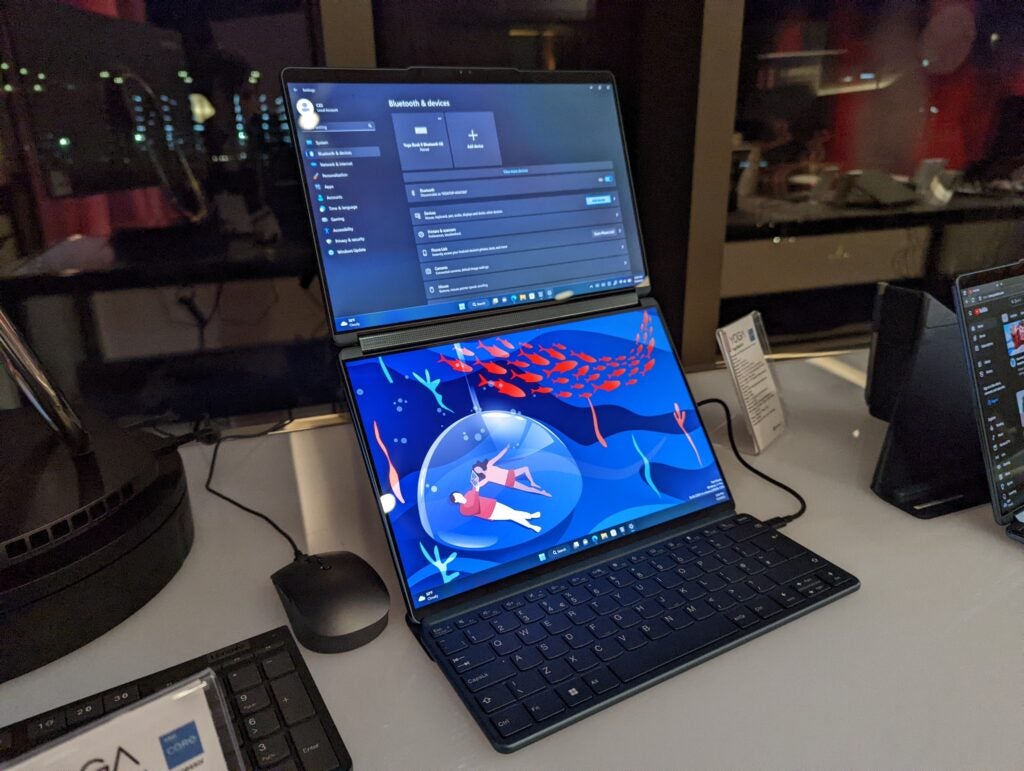
But as impressive as both Lenovo’s foldable and dual-screen laptops are, they have a number of drawbacks. Firstly, they lack an integrated keyboard, so you’ll need to use the bundled Bluetooth keyboard instead which doesn’t feel quite as comfortable and tactile. Secondly, such unique designs may not well play nicely with Windows.
Microsoft has been promising to update its operating system to improve the experience for foldables and dual-screen devices for years, but it’s still not quite there yet. Maybe such updates will arrive alongside Windows 12, although that’s at least a year away. And even then, it would take years to iron out all of the software kinks.
This is why I think Lenovo’s rollable laptop concept makes a lot more sense to me. While seeing a laptop’s screen expand in size is certainly a new trend, it won’t actually change the way we interact with laptops and so won’t require any Windows-based software tweaks. When expanded into a larger screen, the Lenovo concept should simply work just like a normal large-screen laptop.
That doesn’t mean such a concept won’t have its own drawbacks. Lenovo hasn’t mentioned the weight of the device just yet, and I’m willing to bet it’s going to be noticeably heavier than a standard 13-inch laptop.
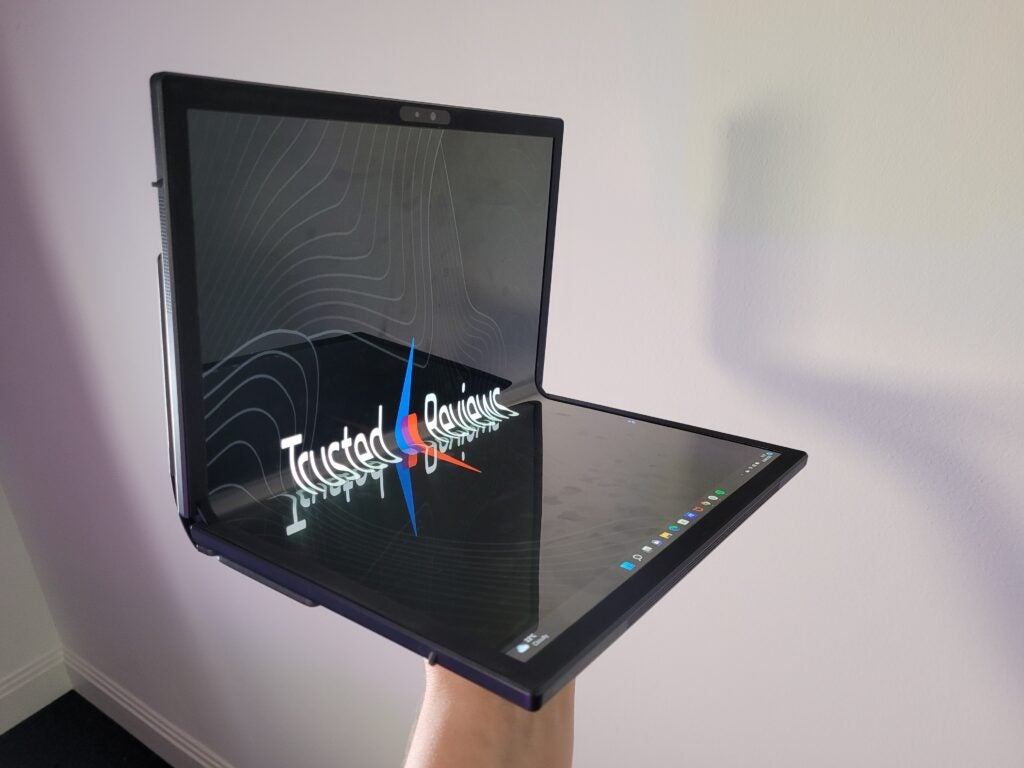
I’m also concerned that this rollable screen could be fragile. If the rollable mechanism breaks, then you’re going to be in a lot of trouble. And there’s still plenty of scepticism surrounding the long-term reliability of foldable screen technology, especially if you’re not a fan of crease marks.
And it’s clear that foldable technology drives up the cost of a laptop considerably. For example, the ASUS Zenbook 17 Fold OLED is priced at a mighty £3299, despite sharing similar internal specs as laptops that are half the cost.
With so many hurdles to overcome, it’s not surprising to see Lenovo reveal its first rollable laptop as a concept device rather than a product that’s ready for release. With no guarantee of an official launch, it’s possible that the rollable laptop will never see the light of day. But I personally think Lenovo’s onto something with this unique form factor and will be shocked if we don’t see a more polished iteration arriving in stores within the next few years.
Ctrl+Alt+Delete is our weekly computing-focussed opinion column where we delve deeper into the world of computers, laptops, components, peripherals and more. Find it on Trusted Reviews every Saturday afternoon.





